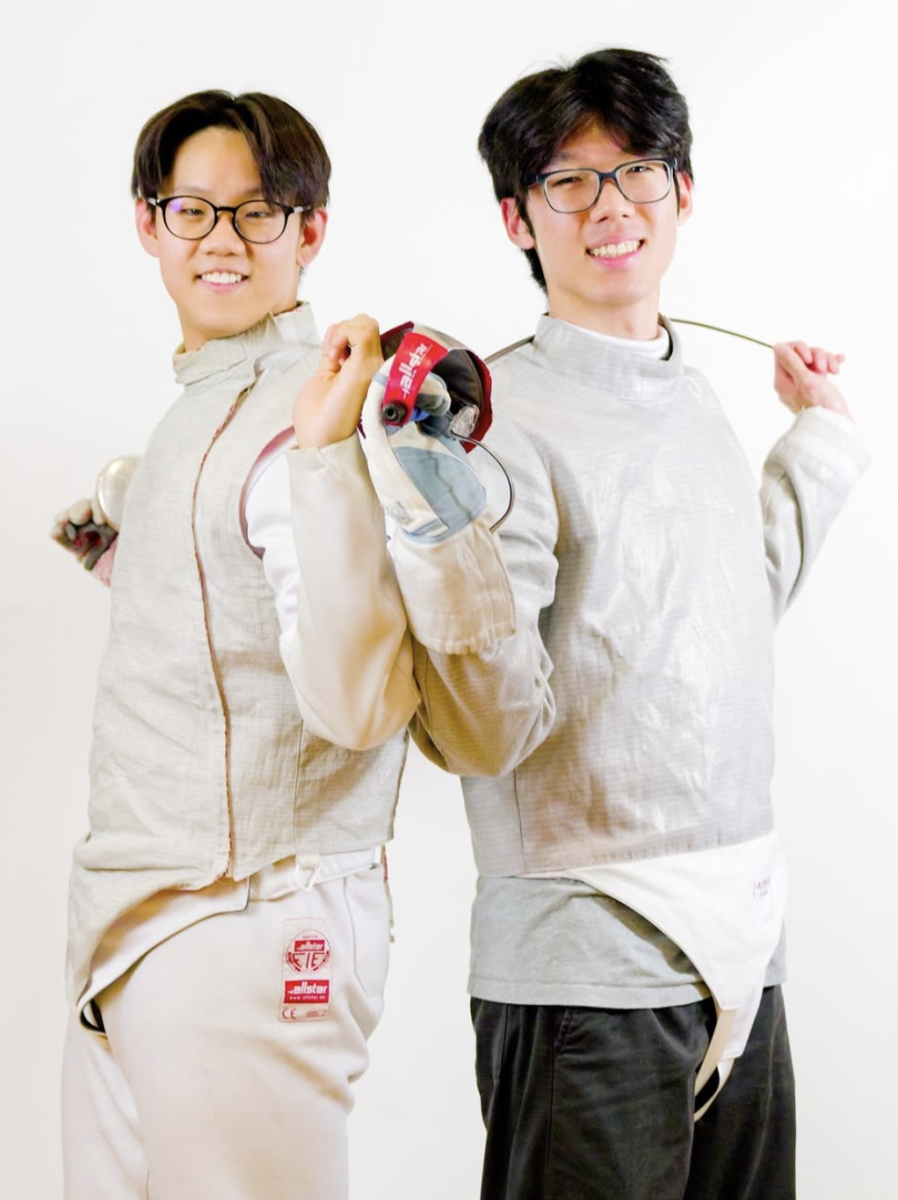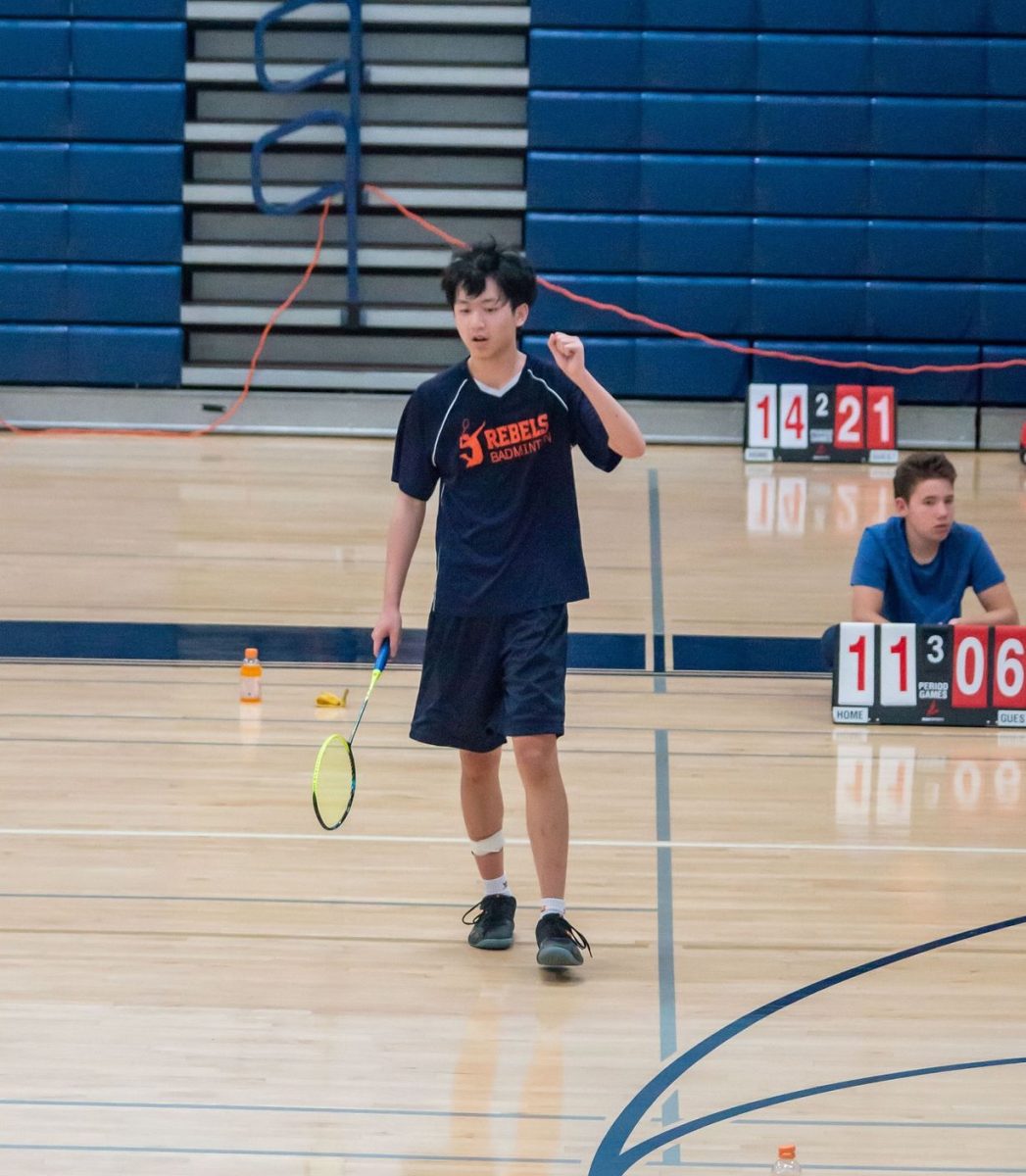
By Celine Macura
For decades, high school wrestlers have attempted to shed multiple pounds before matches. Though unhealthy, this common strategy places wrestlers against opponents lighter than themselves, using superior size as an advantage. By 1999, high school sports officials made the decision to put an end to these dangerous but common practices. The National Collegiate Athletic Association (NCAA) aimed to stop weight-cutting, the act of losing weight before a weigh-in to play down a class and then gain it back hours before the match takes place. After several wrestlers fell sick and one even died from this practice, restrictions were put in place, coaches and players were educated, and the wrestling world moved to correct the damage that had already been done. However, the practice of losing weight remained in high school wrestling programs.
After years of collecting data and holding meetings in 2010, The National Federation of State High School Associations (NFHS) came together to create new standard weight classes for high school wrestling programs. Each is identified by a maximum weight, and all wrestlers must be under the weight to compete with others of similar weights to themselves. Weight classes usually span increments of 7 or 8 lbs at the start, but they gradually increase as higher-weighted competitors enter the mat. New York has notoriously followed a unique weight class segmentation; while the rest of the country raised their minimal weight from 103 to 106 lbs, New York changed its minimum from 96 to 99 lbs. Additionally, New York has fifteen weight classes as opposed to the fourteen weight classes the other 49 states follow.
In South’s program, there is no pressure to lose a set amount of weight for each match. Instead, wrestling coaches Mr. Peter Marques and Mr. Ryan Pingitore encourage their wrestlers to focus their efforts on building strength. They believe that the stronger wrestler comes out on top and that wrestlers who starve themselves reduce their strength. “Traditionally in wrestling, [weight cutting] was a common thing. You had to do that to compete. Then they started finding that people wrestle better by wrestling closer to their natural weight,” said Coach Marques. The only time he finds moving up or down a weight class helpful is if a wrestler is stuck in between weight classes and subsequently has to make a choice.
In order to ensure healthy wrestlers, The NFHS put a system in place to limit the weight high school wrestlers can lose. At the start of each season, wrestlers are weighed, and their body fat percentage is calculated. They are then not allowed to compete if their body fat percentage falls below 7%, for it is important to have enough body fat for insulation, protection, and the delivery of necessary nutrients.
The biggest concern regarding weight loss is the common belief wrestlers have that dehydrating themselves allows them to achieve their target weight in the quickest manner. There are about 11 lbs of water weight in the average human body, so wrestlers often refrain from drinking in an attempt to sweat out these pounds before stepping on the scale. However, along with the loss of water weight, dehydration causes a loss of strength, awareness, and endurance—all of which are necessities when on the mat. According to the Mayo Clinic, after losing only 5% of body fluid, a person can experience nausea, fatigue, and tingling limbs. Once 10% is lost, more extreme effects take hold, and a person risks death by not seeking medical attention.
Coach Marques proposes a healthy alternative to these “crash diets”: “If you do the amount of exercise we do and eat healthy, a lot of the time, you end up losing weight naturally.” At team meetings, he makes a point to mention non-processed foods, fruits, vegetables, and whole grain foods. He believes that body strength will prevail over size.
Coach Pingitore agrees: “If students choose to compete at their certified weight, we, as coaches, will help them reach that weight. This can be done through improving their nutrition and getting extra workouts in, whether it is a run at night or in the morning, coming to a morning wrestling practice, or going to the gym at night.” Exercise is key for wrestlers to stay in shape and maintain a healthy lifestyle. These same health tips helped him become Nassau County champion in 1998.
Junior Rubin Smith, a three-year team member, was the first Great Neck wrestler ever to compete in the County competition as a freshman. To make weight classes before matches, Smith claims that it is not uncommon for him to diet. “I do eat less when I’m trying to make weight for a tournament…I just eat smaller portions and cut all junk food and soda,” said Smith of his pre-match dietary changes. Dropping a few pounds before a weigh-in allows him to compete in a weight class more advantageous to him, with a higher chance of winning. Smith does maintain, however, that considering the amount of extensive exercise the wrestlers do during the season, little dieting is necessary. Just by working out after school Monday through Saturday, they would actually have to eat more to maintain their weight.
Senior Alex Bruni said that he and his teammates “just get as fit as possible for [their] natural weight.” Having been warned against the dangers of weight cutting by his coaches, Bruni recognizes healthier ways of making a weight class: “If the weight class is 152 and you weighed 154, then you would just naturally lose that weight by sweating a lot and having a proper diet.” Because of the rigorous exercise and healthy-eating mindset the wrestlers maintain, there’s not much need for the unhealthy methods that once plagued wrestling.
In the past three years, the team has seen great success. After sending two players to the All-State competition and having 18 qualifying for counties, the coaches hope to see the same triumph with this year’s wrestlers. It seems the team has shown that a few days of healthy eating and exercise can go a long way; swapping soda for a salad proves worthwhile when wrestlers see direct success. Coach Pingitore believes the 2015-2016 team shows much promise for a great season since many of the wrestlers are very dedicated to the sport: “We have a solid group of freshmen who have joined this year’s team and we are looking for our upperclassmen to really show them the ropes and take them under their wings.” They’re excited to see how the season will unfold.







